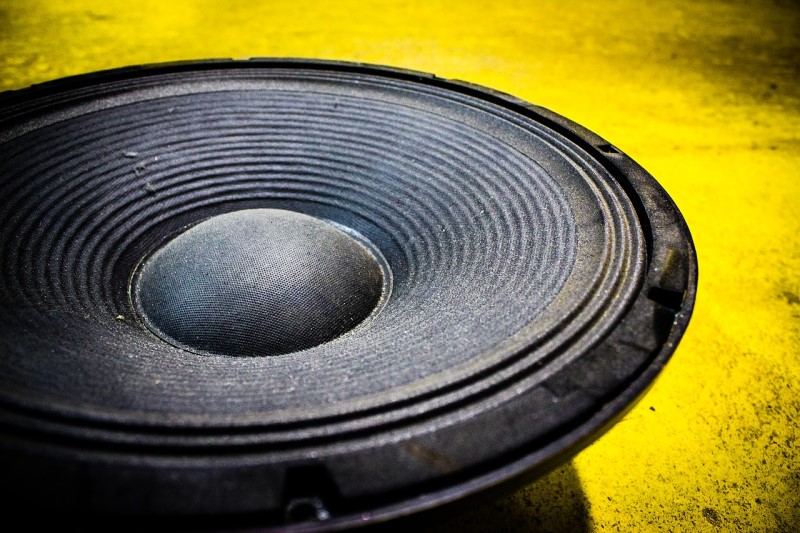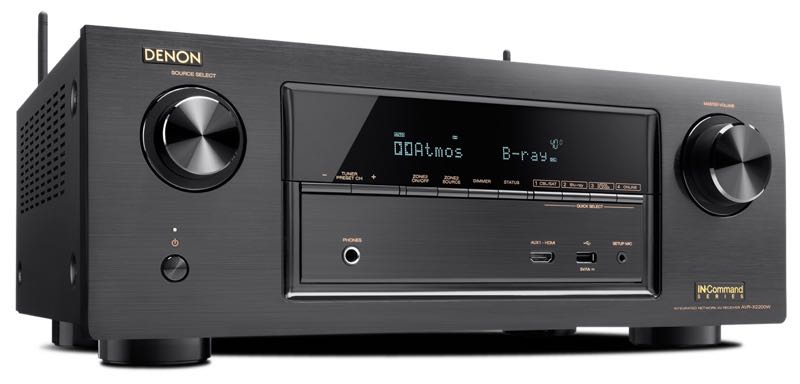Help! My New Subwoofer Isn’t Loud Enough!
We can’t tell you how many times we hear this story. Person decides to upgrade home theater. They find out most of their gear is underpowered for their room. Spends a couple of weeks online deciding what to buy. Person gets MASSIVE new subwoofer that promises to DESTROY their room. They set up the subwoofer, turn it on and…nothing. Well, not nothing, but it isn’t the earth-shattering bass they expected. So, what happened here? How come their new subwoofer doesn’t seem to be as loud as their old, underpowered one?
Author’s Note: We are assuming here that the upgrade was from a budget subwoofer to an appropriate sub for the room. Think of going from a bass module included with your computer speakers to a full-fledged subwoofer. We are NOT assuming that they have bought a second subwoofer that they added to their room. That is a completely different article.
Problem: Unreasonable Expectations
This new sub is, like, THREE TIMES the size of my old sub. Surely it should be three times as loud, right? What did I buy this massive box for if the new subwoofer isn’t going to be noticeably louder than the old one?

Solution: Education
We also see this when people replace a subwoofer that was appropriate for their room with one that is much bigger. The reality is that there is only so much bass that the sub needs to play. At the same time, that bass should be at a similar volume as the rest of your speakers. That’s why we level-match our speakers and subwoofers. We don’t want our subwoofers to be LOUDER than our speakers. That’s not the goal. Just because you have a massive subwoofer, doesn’t mean it is going to be louder than your speakers.
Of course, you do have control over the volume. You can turn the subwoofer up if you want it to be louder. No one can stop you.
Problem: Mistaking Distortion for Bass
“My old sub used to shake the room! It was making all sorts of noise! This new one doesn’t seem to be doing anything?!?”
We hear this all the time. With a small, underpowered subwoofer, you will hear loud sounds coming out of them. But that’s not necessarily a good thing. A small sub will try to play all the sounds that it is asked to play. But it likely can’t. So, instead, you’ll hear port noise, drivers bottoming out, and all sorts of noise. On top of that, you will hear the driver distort creating sounds that were never in the original mix. Your new subwoofer? It’s not doing that.

Solution: Listen Carefully
Put in a movie with which you are very familiar. Something you KNOW has not only low bass, but REALLY low bass. Anything from Pixar is a good bet. Now pay attention. Does it seem like your subwoofer is not playing at all until a really low note comes and then…Boom! Shaking the couch! All the sounds you used to hear from your other subwoofer were distortion. Your new sub is playing cleanly. This means that the truly low bass is actually subsonic, meaning you can’t hear it. But you can feel it.
The most common comment we get from people that upgrade from underpowered subs to “real” subwoofers is how the sub seems to just “turn on.” This takes a little re-training of the brain. Before you were hearing all sorts of distortion which you took for bass. Now that it is gone, you feel you are “missing” something. You aren’t. You are finally experiencing the bass as it was meant to be heard (and felt). Once you trust that your new subwoofer is giving you accurate bass, you’ll really start to appreciate it.
Problem: Room Modes
The most likely culprit for your lack of bass is room modes. As we’ve discussed before, the sound from a speaker or subwoofer radiates around the room like ripples in water. When they hit the wall, they bounce back. As they cross each other, those waves can either add to each other or cancel each other out. Depending on a number of factors, your sub could be canceling out much of the bass at your seat.

Solution: Move Something
The solution to room modes is quite simple – move something. If you haven’t done a subwoofer crawl, you should. If your seat is on the back wall, move it into the room. By changing your location or the location of your subwoofer but just a few feet, you can seriously affect how you experience the bass in your room. Your lack of loud, soul-crushing bass could be simply because you chose the wrong spot for your new subwoofer.
Problem: Source
When people complain about the lack of bass volume from their subwoofer, the first question should always be, “What source are you using?” Too often the answer is, “YouTube” or a type of music that literally doesn’t have much bass. I’m sure you love the flute, but don’t expect a lot of low enough sounds in it to engage your subwoofer.

Solution: Download a Sweep
Yes, we know that streaming services are very convenient. We’re listening to Pandora (one of the worst for sound quality, honestly) as we type. But realize that there is a lot of compression that goes on getting the files small enough to sent over the Internet. Don’t trust any streaming services when you are trying to test out any speaker much less a subwoofer.
If you really want to hear what your sub is doing, you need to download a sweep. By playing a sweep, you will hear your speakers play and the transition into the subwoofer. If your bass seems to go away for a little bit but then comes back super loud, you’ve got some room mode problems. If it just goes away and you never hear anything, you’ve got a different problem.
Problem: Receiver Settings
If your sub doesn’t seem to be playing at all, it’s time to check the settings in your AV receiver or preamp. Chances are you are using a DSP mode that has disabled the subwoofer. You should also check your speaker settings.

Solution: Check the Settings
While there are specifics for each receiver manufacturer, we can give you some general guidance. For more specific questions, you can ask in the comments below or head over to the AV Rant podcast. They answer your AV questions every week!
- Re-run your receiver setup program. Is your sub making noise?
- Set your speakers to small (we don’t care how big they are) and subwoofer to “yes.”
- Double-check your listening mode. Direct and Pure Direct modes often bypass your subwoofer.
- Double-check that your receiver doesn’t have separate settings for two-channel music. The speaker settings for two-channel should be the same as for everything else (speakers set to small, subwoofers set to “yes”).
- Is the dang thing on?
- Do you have the subwoofer cable connected to the proper output on the receiver? This happens more than you think.
- Is the volume control high enough?
- Are you using the “auto-on” function? Try setting it to “on” and see if that helps.
Conclusion
There are a lot of reasons you may perceive your new subwoofer as not loud enough. We’ve addressed some of them here. The one thing we didn’t address, is that you might have gotten a bum unit. Most manufacturers can walk you through what you need to test to make sure the unit is working properly. But if there are no lights illuminated on sub after you’ve plugged it in, that’s a bad sign. In our experience, this is the LEAST likely explanation. Most of the time, it is one of the problems we’ve listed above.


